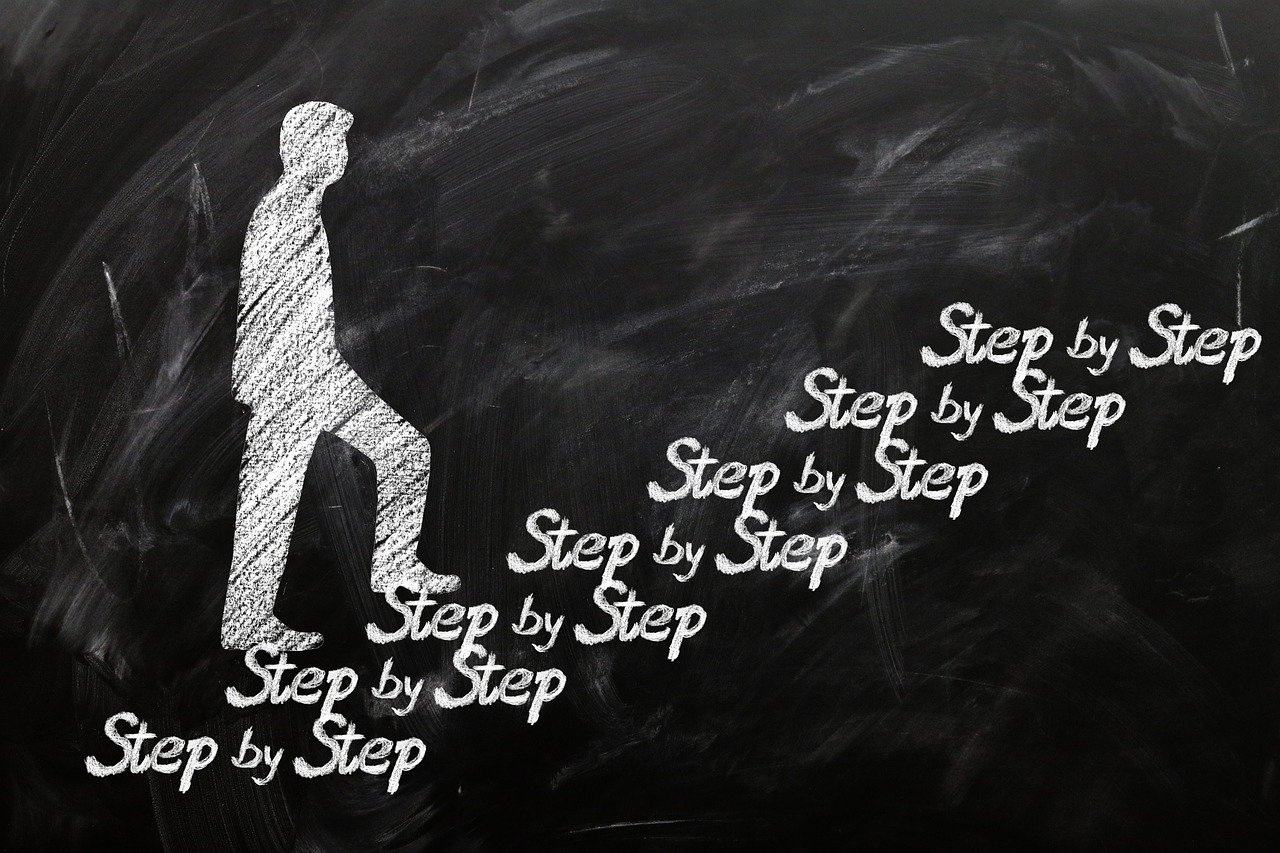Decision-making is a critical life skill that affects every aspect of our lives, from career progression to personal relationships. Yet, it is often underestimated, leaving many overwhelmed when faced with tough choices. Mastering the art of decision-making allows you to navigate life with confidence and clarity. In this comprehensive guide, we’ll explore actionable strategies to improve your decision-making skills and how you can cultivate this essential art.
Table of Contents
- Understanding Decision-Making
- Why Decision-Making is Important
- Common Barriers to Effective Decision-Making
- Steps to Master Decision-Making
- Define Your Goals
- Gather Relevant Information
- Evaluate Alternatives
- Trust Your Instincts
- The Role of Emotional Intelligence in Decision-Making
- Practical Examples of Smart Decision-Making
- Tools and Techniques for Better Decisions
- Developing Long-Term Decision-Making Habits
- Conclusion
Understanding Decision-Making
Decision-making is the process of choosing between two or more options to solve a problem or achieve a goal. It is an essential cognitive function that combines logic, intuition, and emotion. Effective decision-making requires clarity, focus, and a structured approach to ensure outcomes align with your objectives.
Why Decision-Making is Important

Every choice you make influences your future. From small daily decisions like what to eat, to significant life-changing choices like career paths, the ability to decide effectively can:
Saves Time: Reducing procrastination by making timely choices. Effective decision-making saves time by eliminating unnecessary deliberation and procrastination. With a clear, structured approach, choices are made faster, reducing delays. This enables you to focus on executing plans and achieving goals without being hindered by indecision.
Build Confidence: Demonstrating clarity and purpose in your actions. Decision-making builds confidence by reinforcing trust in your judgment and abilities. Successfully making choices, even in challenging situations, boosts self-assurance, strengthens problem-solving skills, and reduces self-doubt, empowering you to face future decisions with greater clarity and determination
Enhance Relationships: Managing conflicts and understanding others’ perspectives. Decision-making enhances relationships by fostering clear communication, mutual understanding, and respect. Thoughtful choices show consideration for others’ needs and perspectives, building trust and collaboration. This creates a supportive environment where conflicts are minimized, and relationships grow stronger and more harmonious
Achieve Goals: Turning your aspirations into achievable milestones. Decision-making helps achieve goals by providing direction and focus. Clear choices prioritize actions aligned with objectives, eliminating distractions. Consistently making strategic decisions ensures steady progress, turning aspirations into tangible results while maintaining motivation and a sense of purpose
Read also: How to stay consistent with your goals
Common Barriers to Effective Decision-Making
Before you master decision-making, it’s crucial to identify obstacles that might be hindering you. These include:
Fear of Failure: Worrying about making the wrong choice. The fear of failure hinders decision-making by causing overthinking and self-doubt. Worrying about potential mistakes leads to indecision or avoidance, preventing progress and stifling opportunities for growth and success.
Overthinking: Analysis paralysis due to excessive consideration of options. Overthinking complicates decision-making by causing analysis paralysis, where excessive focus on details and potential outcomes delays action. This mental overload creates confusion, reduces clarity, and undermines confidence in choosing the best course.
Emotional Bias: Allowing feelings to overshadow logic. Emotional bias impairs decision-making by prioritizing feelings over facts. Personal preferences, fears, or attachments distort judgment, leading to choices that may not align with logical reasoning or long-term objectives
Peer Pressure: Making choices to conform to societal expectations. Peer pressure disrupts decision-making by prioritizing others’ opinions over personal values or goals. The desire to fit in can lead to choices that compromise authenticity, misalign with objectives, and hinder individual growth.
Lack of Clarity: Unclear goals or incomplete information. Lack of clarity hinders decision-making by creating confusion about goals and priorities. Without a clear understanding of objectives or available options, choices become uncertain, leading to indecision or ineffective outcomes.
Read also: How to overcome the fear of failure
Steps to Master Decision-Making

Define Your Goals
Start by understanding what you want to achieve. Clear goals act as a compass, guiding your decisions. For instance, if you’re deciding between two job offers, determine which aligns with your long-term career aspirations.
Gather Relevant Information
Knowledge is power. Research all options thoroughly. For example, if buying a car, compare prices, features, and reviews. Reliable information minimizes the risk of poor choices.
Evaluate Alternatives
List all possible options and their pros and cons. Create a decision matrix if necessary to weigh each choice objectively. This structured approach helps in prioritizing the best option.
Trust Your Instincts
Intuition plays a significant role in decision-making. If logic points in one direction but your gut suggests otherwise, take a moment to evaluate why. Often, your instincts are rooted in subconscious reasoning.
The Role of Emotional Intelligence in Decision-Making
Emotional intelligence (EI) is the ability to recognize, understand, and manage your emotions and those of others. High EI allows you to:
- Control impulsive decisions.
- Empathize with others in group decision-making scenarios.
- Remain calm under pressure.
For instance, in a workplace setting, understanding team dynamics can help you make decisions that benefit both the project and team morale.
Read also: The role of emotional intelligence in the path to success
7 signs you have a well developed emotional intelligence
Practical Examples of Smart Decision-Making
- Career Choices: A person weighing multiple job offers may prioritize benefits, growth opportunities, and work-life balance rather than focusing solely on salary.
- Financial Decisions: Choosing to invest in mutual funds over high-risk stocks after researching market trends and personal financial goals.
- Health Decisions: Deciding to adopt a healthier lifestyle by consulting a nutritionist and setting achievable fitness goals.
Tools and Techniques for Better Decisions

SWOT Analysis: SWOT analysis helps improve decision-making by evaluating Strengths, Weaknesses, Opportunities, and Threats of a situation or choice. This structured framework provides clarity, identifies risks, and uncovers potential advantages, enabling more informed and strategic decisions.
Cost-Benefit Analysis: Compare the potential benefits against the costs. Cost-benefit analysis aids decision-making by comparing the potential benefits of an option against its associated costs. This method provides a clear understanding of the value and feasibility of choices, helping prioritize options that maximize benefits while minimizing expenses.
Mind Mapping: Visualize all possible outcomes and their connections. Mind mapping enhances decision-making by visually organizing thoughts, ideas, and options. It clarifies complex information, highlights connections, and fosters creative problem-solving. This structured approach simplifies decision processes, enabling clear evaluation of alternatives and more informed, effective choices
Decision Matrix: Score options based on specific criteria like cost, time, and effectiveness. A decision matrix helps evaluate and prioritize options by assigning weights to various criteria, including cost. It provides a structured approach to compare alternatives, ensuring that decisions are cost-effective, aligned with objectives, and backed by data-driven analysis.
Developing Long-Term Decision-Making Habits
Practice Regularly
Start small by making everyday decisions promptly. Gradual practice builds confidence for more significant choices.
Learn from Mistakes
Each decision is a learning opportunity. Reflect on past choices to identify patterns or biases.
Stay Open to Feedback
Seek advice from mentors or peers to gain diverse perspectives. Constructive criticism helps refine your approach.
Adopt a Growth Mindset
Embrace challenges as opportunities to grow. Overcoming setbacks strengthens decision-making skills.
Read also: How to build growth mindset: A guide to unlocking your potentials
Conclusion

Mastering the art of decision-making is not an overnight process, but a journey that requires self-awareness, practice, and a structured approach. By setting clear goals, gathering information, and leveraging tools like SWOT analysis, you can navigate life’s choices with confidence. Remember, effective decision-making isn’t about being perfect but learning from each experience to make better choices in the future.
Cultivating this skill empowers you to take charge of your destiny, making every step count toward your success. Start today, and watch how the power of smart decisions transforms your life



